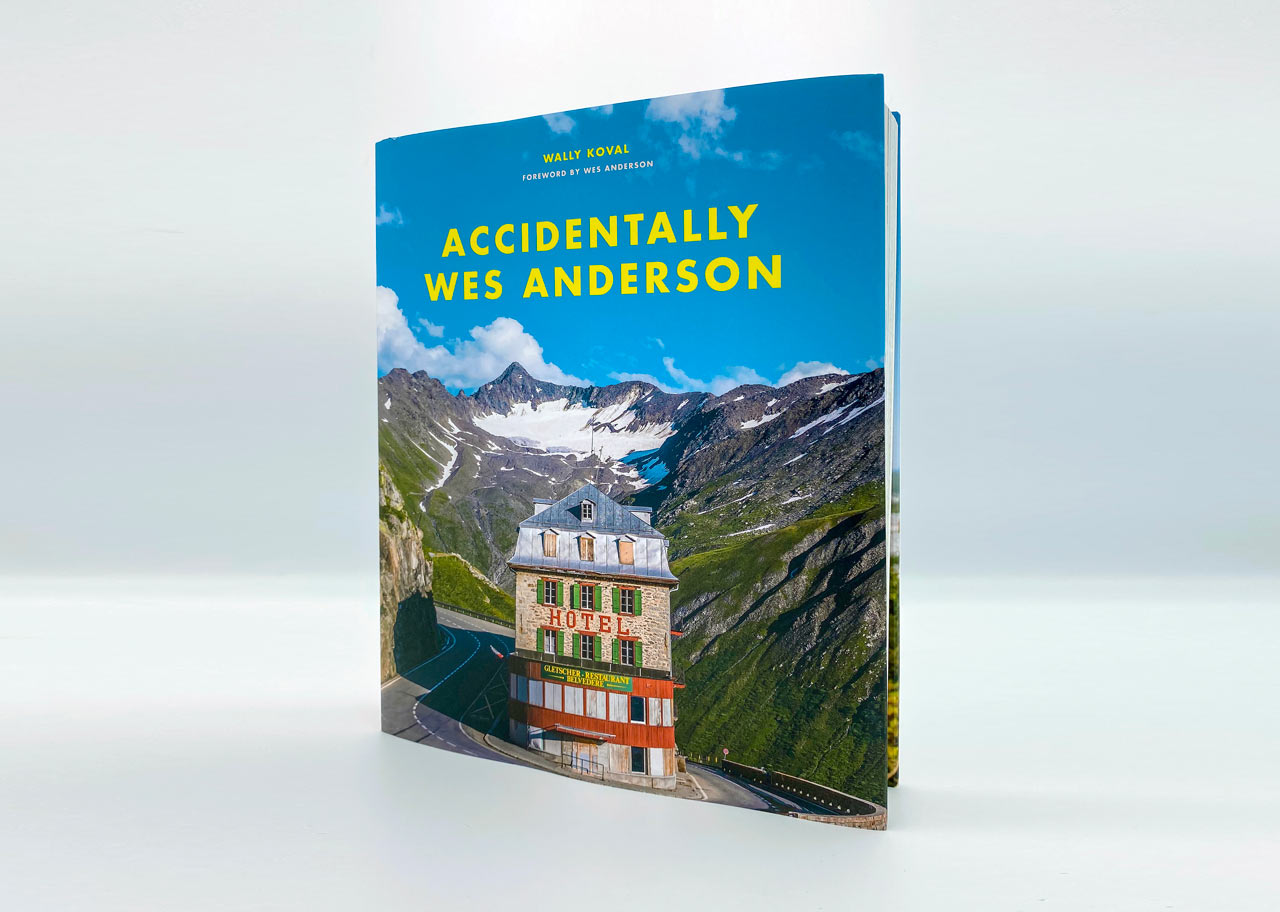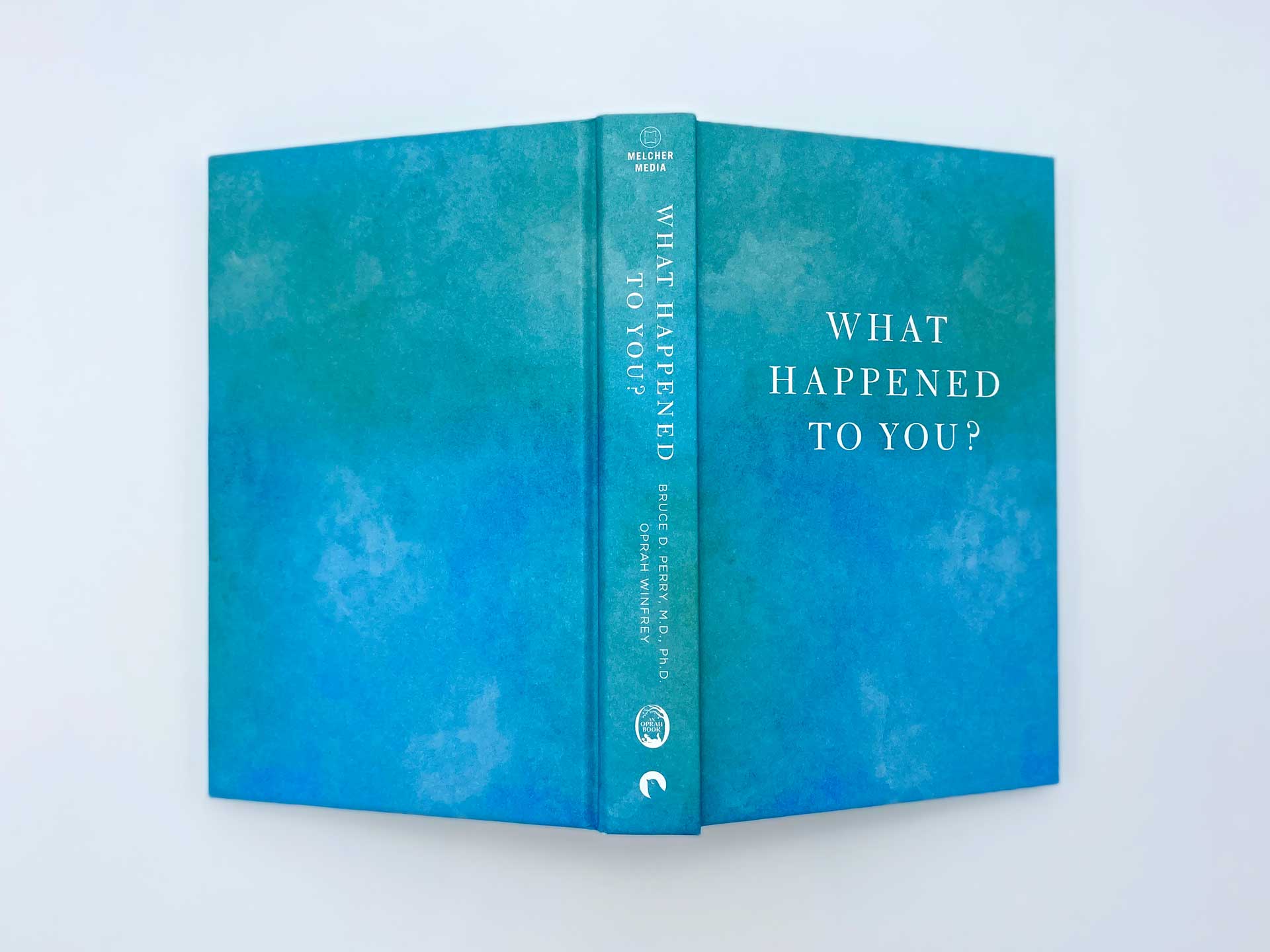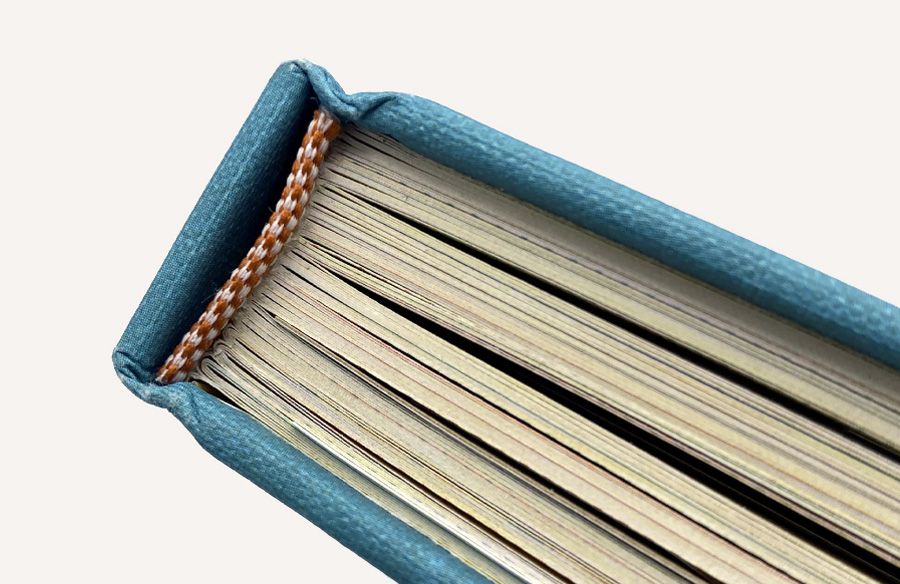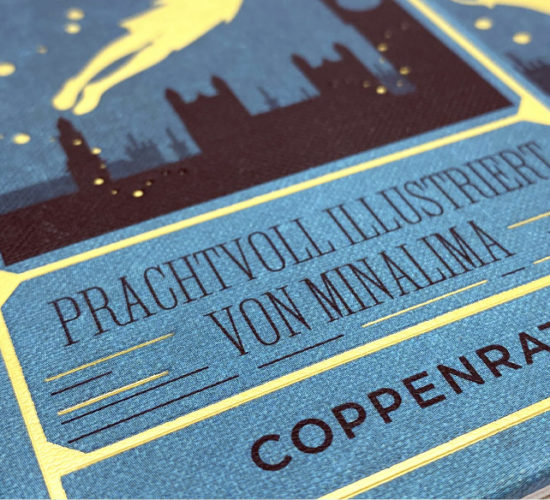Hardback Books




What is Hardback Book Printing and Binding?
Hardback book printing and binding can also be referred to as casebound, hardcased, or hardcover printing & binding. This is a high-quality, premium style of binding for books that are intended to have a long shelf life.
The book’s contents are bound within a protective case which is formed using rigid binding boards. The case is wrapped with a cover such as a printed laminated case (PLC), imitation or real cloth, or another specialist covering material.
The content pages are sewn in sections and are held in place within the case by separate endpapers, which are glued to the book block and to the outer case.
We offer a product development consultation and free quotation service.
What are the Benefits of Hardback Book Printing and Binding?
Hardwearing & Durable
Hardback book binding is hardwearing and durable. Sewn book sections, the addition of endpapers and the use of rigid binding boards all add strength and longevity to the final product.
Prestigious
Hardback books are prestigious, they are more expensive to produce than paperback books but they have a higher perceived value, they look and feel more beautiful and can be sold at a higher retail price. The final product is high-end and is suitable for both regular trade books and deluxe editions.
Handling
Hardback books handle well, and the pages lie relatively flat when the book is in use. The spine is left open (i.e. the book block is not attached / glued to the spine) so the pages naturally lie flat when the book is open giving a better reading experience.

Different Uses of Hardback Book Binding
Hardback binding is suitable for any book which needs to look prestigious and withstand repeated use.
Children’s picture books, reference books, photography books, coffee table books, cookery books, atlases, novels, and limited editions are all good candidates for hardback book printing and binding projects.
Hardback Book Printing – The Technical Details
How are Hardback Books Printed and Produced?
The content pages of a hardback printed and bound book are first folded into sections that are sewn and collated into a book block.
Plain or printed endpapers are affixed and are used to secure the book block within the case. The addition of head and tail bands adds a decorative element.
Greyboard
The outer 3-piece case of the book is made from greyboard (typically 2.5mm or 3mm in thickness) and comprises a front and back panel and a spine panel. The spine panel can be made with the same greyboard as the case, or with a flexible lining material.
This depends on whether you want your book to be flat-backed (standard) or rounded and backed.

Rounding and Backing
Rounding and backing involves an additional process whereby the spine is shaped into a curve, it adds a classical / vintage feel to your book and is still commonly used, despite being an older bookbinding technique.
Materials
The assembled case gets wrapped with a covering material and there are a wide range of materials from which to choose including paper, imitation cloth, real cloth, faux or real leather. Decorative finishings can also be added to the case cover including foil stamping, embossing, spot varnishing to name but a few.
Dust Jackets
Hardback books are often wrapped with a separately printed dust jacket. Historically these jackets were designed practically to protect precious books from damage in transit and were disposed of quickly.
However, these days the once humble book jacket is much more! Often an artwork in its own right, the jacket is used to attract the reader in-store, carrying information about the book and author, and conveying through design the essence of the book within.
Different Styles of Hardback Binding
There are a few variations on the hardback theme, all of which have their own terminology and uses:
Quarter Binding
A decorative hardback binding style where the spine and small area of the front / back panel are bound in a different material (often cloth) to the main cover material.
Half Binding
Like quarter binding but the book corners also use different material.
Swiss Binding
Can apply to paperback or hardback binding, the distinguishing feature of swiss binding is that the book block is affixed to the back board, but not attached to the spine.
Bodoni Binding
Another variant of hardback binding whereby the front and back board panels are wrapped in a paper laminated case but there is no spine boards and is often wrapped in an imitation cloth or real cloth which can be blocked / printed
Open Spine Binding
Like Bodoni binding, the spine is exposed and the sewn sections are visible at the spine. The binding lies very flat and the back of the sections can be printed on to display the title.
Start your project
Imago would be delighted to work with you on your next print project. Get in touch with the team to discuss your ideas, no matter how out of the box they might seem!
Why choose Imago for Hardback Book Printing & Binding?
Our expertise, experience, and access to global suppliers make Imago the ideal choice when searching for hardback book printing and production management solutions.
We work with you collaboratively to bring your project to life, and always ensure that your product is manufactured to the highest possible standards both ethically and responsibly, whilst remaining cost-effective. You can take a look at some of our hardback book printing work on our case studies page.




